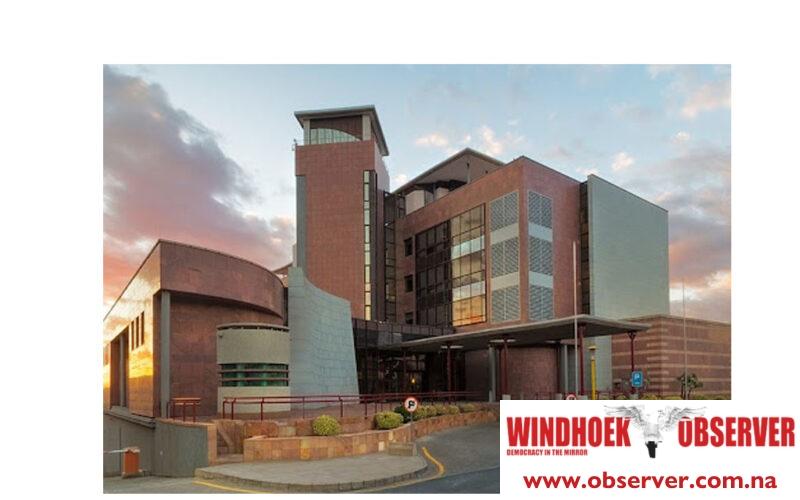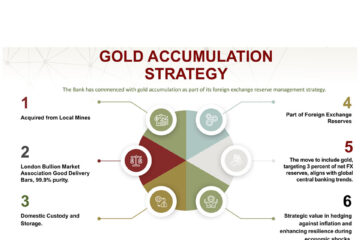Martin Endjala
The Bank of Namibia’s August economic outlook predicts that the domestic economy will grow by 3.1 percent in 2024 and by 3.9 percent in 2025.
The bank reported that the country’s gross domestic product (GDP) growth is, however, projected to slow down in 2024, due mainly to subdued growth in the global economy, affecting demand for minerals, and prevailing drought conditions.
“Real GDP growth is projected to moderate downward to 3.1 percent in 2024, from 4.2 percent registered in 2023. Besides the weak demand, high base effects from the mining industry are expected to exert downward pressure on 2024 growth for the same industry,” stated the report.
According to BoN spokesperson Kazembire Zemburuka, the domestic growth projections are subject to significant risks from global monetary policy conditions, adverse effects of the drought, and weakened global commodity demand.
“The global trend of tight monetary conditions could continue to dampen purchasing power and consumption,” he said.
He said the prevailing drought conditions are likely to dampen agricultural output throughout the forecast period, while strained water resources could restrict growth in output from the uranium sector.
Zemburuka added that weakened global commodity demand and competition from lab-grown diamonds could hold back growth in the mining sector.
According to projections, global growth will slow down to 3.2 percent in 2024 from 3.3 percent in 2023 before moderately increasing to 3.3 percent in 2025.
The April 2024 World Economic Outlook (WEO) revised the projected growth rate for 2025 upward by 0.1 percentage points, primarily due to China’s revised growth.
Estimates place the Sub-Saharan African (SSA) region’s GDP growth at 3.7 percent in 2024 and 4.1 percent in 2025, respectively, up from 3.4 percent in 2023.
The anticipated improvement is attributed to the subsiding negative effects of weather shocks and gradual improvements in supply chains.
Economist Halleluya Ndimulunde said Namibia’s annual inflation remained steady at 4.6 percent in July 2024.
Transport, housing, utilities, food, and non-alcoholic beverages are the primary drivers.
According to Ndimulunde, the transport category experienced a reduction in inflation due to lower fuel prices.
While the housing category experienced an increase, primarily driven by higher rental costs.
“Food inflation edged up slightly, though the price increases for key items were slower compared to the previous year,” said Ndimulunde.
As a result, inflation in the alcoholic beverages and tobacco categories continued to decline for the third consecutive month.
“Annual inflation is averaging 4.8 percent, which is slightly below our 2024 annual average projection of 4.9%. As we look ahead, goods-driven inflation appears to be easing,” said Ndimulunde.
The economist, however, cautioned that there are emerging signs of rising service inflation, which will require close monitoring throughout the remainder of the year.




